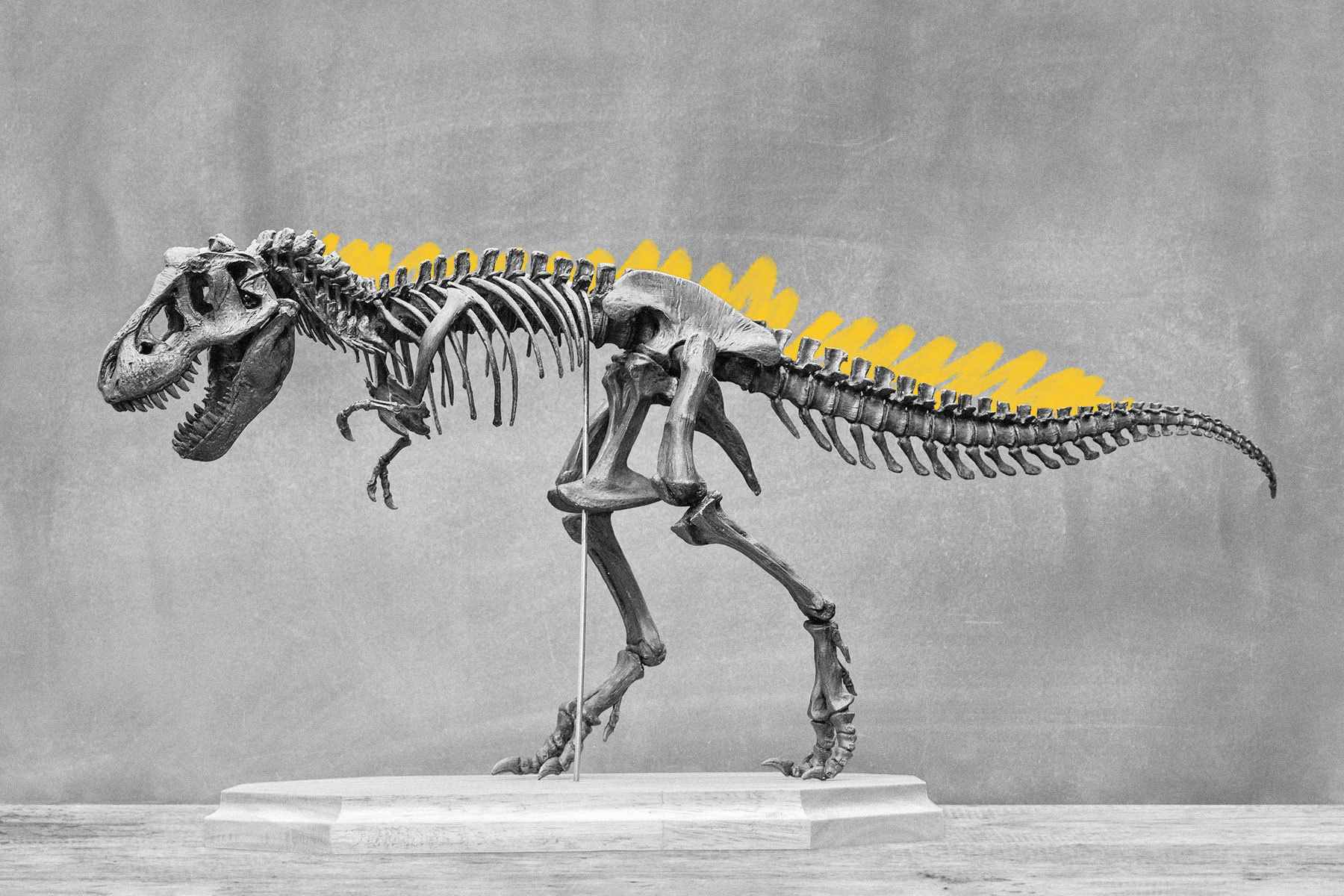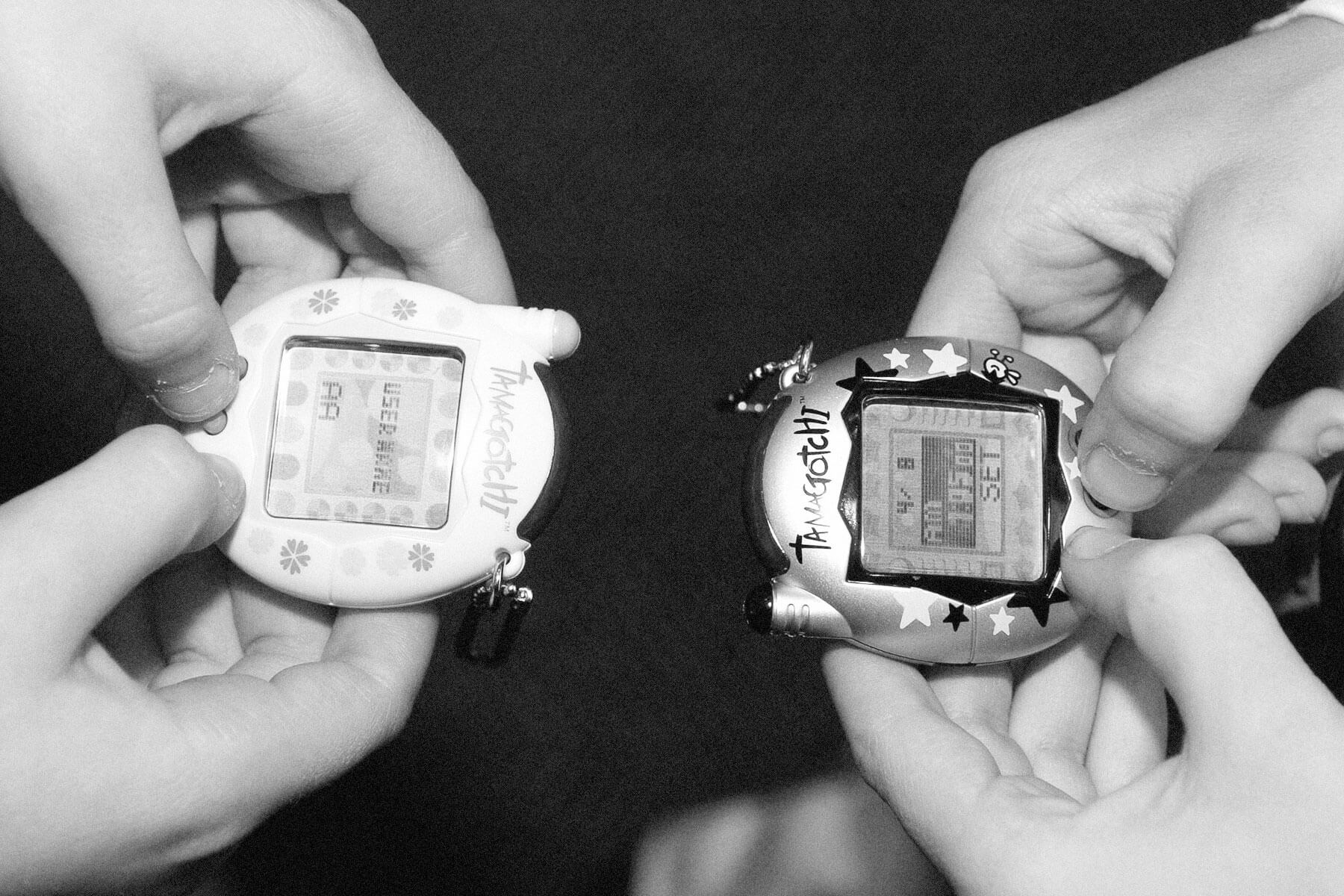 |
A day in the age of dinosaurs was around 23 hours long. |
Science & Industry |
 |
| |
| That's hardly the only difference between the planet we know today and the way it was 65 million years ago. Because it takes us and the rest of our solar system between 225 million and 250 million years to orbit the center of our galaxy, the Earth was on the other side of the galaxy during the age of dinosaurs — meaning they saw different stars in the night sky than we do. | |
 |  |
 | |||
| |||
The Daily Newsletter For Intellectually Curious Readers | |||
| Thank you for supporting our sponsors! They help us keep History Facts free. |
 | ||||||||||||||
By the Numbers | ||||||||||||||
| ||||||||||||||
| ||||||||||||||
 | ||||||||||||||
| ||||||||||||||
Dinosaurs lived in the Mesozoic Era. | ||||||||||||||
| Despite ending 66 million years ago, the Mesozoic is the second most recent era in geologic time. It also accounts for the entirety of the dinosaurs' time on Earth, which was divided into three periods: Triassic, Jurassic, and Cretaceous. The Mesozoic was preceded by eight other eras — Eoarchean, Paleoarchean, Mesoarchean, Neoarchean, Paleoproterozoic, Mesoproterozoic, Neoproterozoic, and Paleozoic — and began 252 million years ago, meaning it lasted 186 million years itself. Our current era is the Cenozoic, which is also known as the age of mammals. | ||||||||||||||
 | |||
Recommended Reading | |||
 | |||
| | |||
 | |||
| | |||
| + Load more | |||
| |||||||||
| Contact us | |||||||||
| Privacy Policy | |||||||||
| Terms of Use | |||||||||
| Do Not Sell My Info | |||||||||
| 700 N Colorado Blvd, #513, Denver, CO 80206 | |||||||||








0 komentar:
Post a Comment